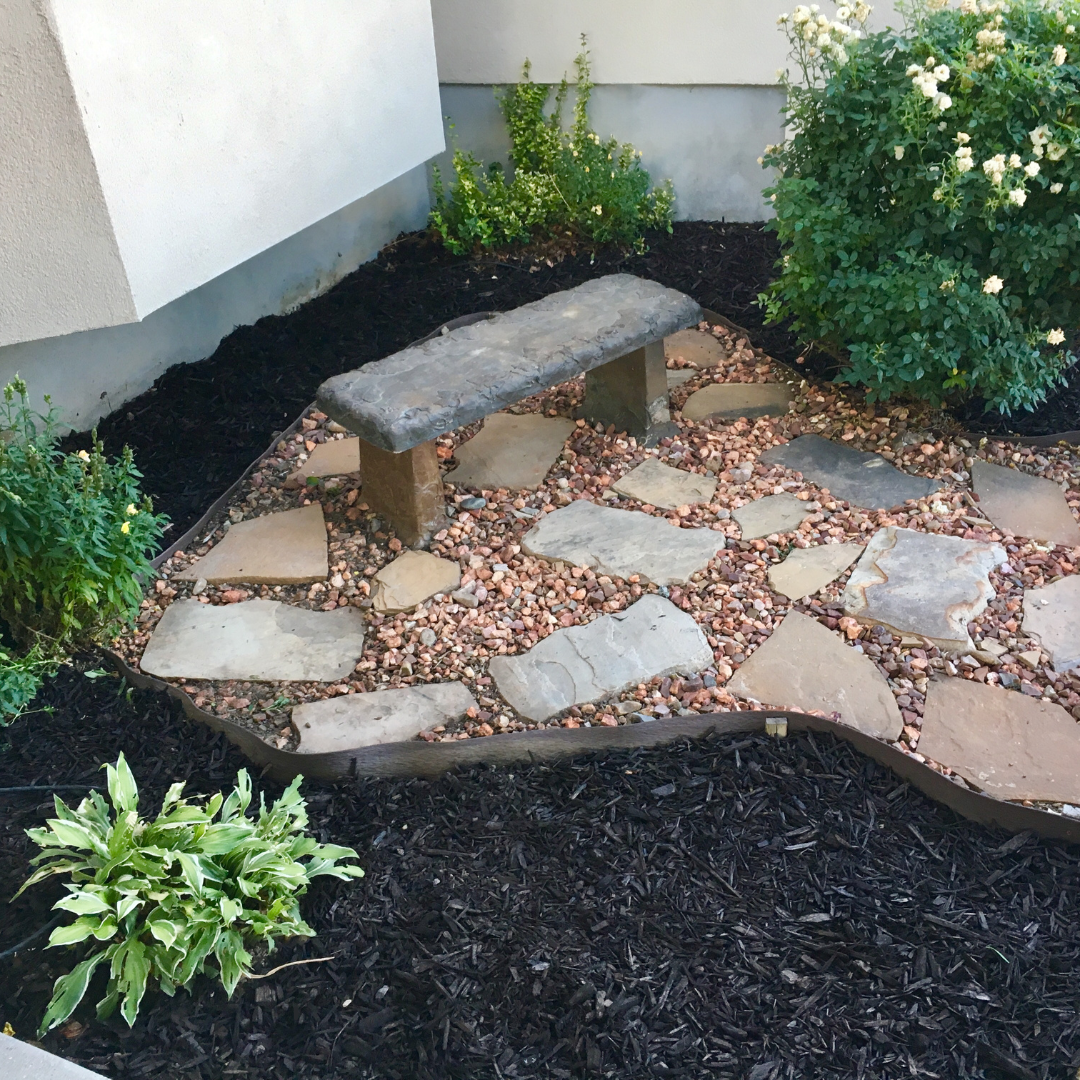Why Mulch for Garden?
Mulching is one of the easiest and most effective ways to improve the look and health of your landscape. Whether you're refreshing flower beds, surrounding trees, or finishing off garden paths, a good layer of mulch makes a big difference.
In this guide, we’ll cover why mulching is important, how to apply it properly, and how to calculate how much mulch you’ll need—whether you're using black mulch, red mulch, cedar mulch, shredded pine mulch or playground mulch.
Why Mulch Is Important
Mulch does more than just make your yard look neat and polished. Below are some reasons:
Helps Retain Moisture
Mulch acts like a protective blanket over your soil, reducing evaporation. This means your plants stay hydrated longer, even on hot days - saving you time and water.
Suppresses Weeds
A good layer of mulch blocks sunlight from reaching weed seeds, reducing the number of weeds that sprout.
Regulates Soil Temperature
Mulch keeps the soil cooler in summer and warmer in winter, protecting plant roots from extreme temperature swings.
Prevents Soil Erosion
Mulch helps prevent rain from washing away your topsoil, especially on slopes or in heavy rainfall areas.
Boosts Curb Appeal
Mulch gives your landscape a clean, finished look that ties everything together.
How Much Mulch Do You Need?
Here’s how to figure it out:
1 cubic yard of mulch covers approximately:
- 324 sq ft at 1 inch deep
- 162 sq ft at 2 inches deep
- 108 sq ft at 3 inches deep
Most garden beds need a 2–3 inch layer.
Use this formula:
Square footage of your space ÷ coverage per depth = cubic yards needed
Example:
If your bed is 240 sq ft and you want a 2" layer:
- 240 ÷ 162 = 1.48 cubic yards
- Round up to 2 yards to be safe
Whether you're going for a bold look with black or red mulch, or something more natural like cedar or pine, mulching is a small step with big impact. It’s an investment in the health and beauty of your outdoor space.
Need help choosing the right mulch? Less Mess is here to help!




